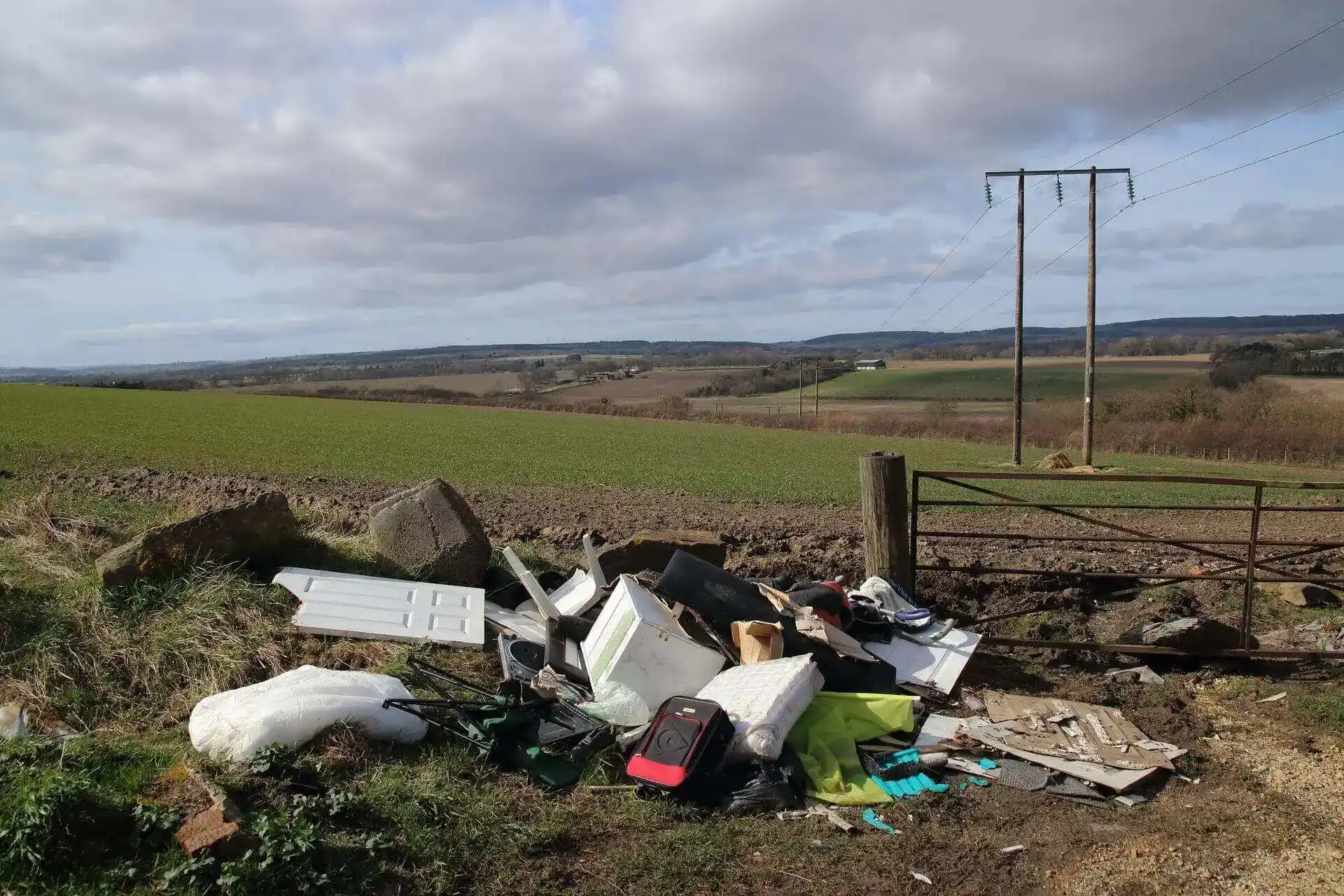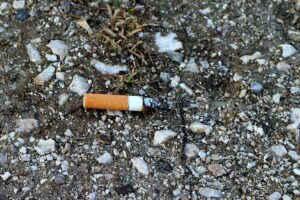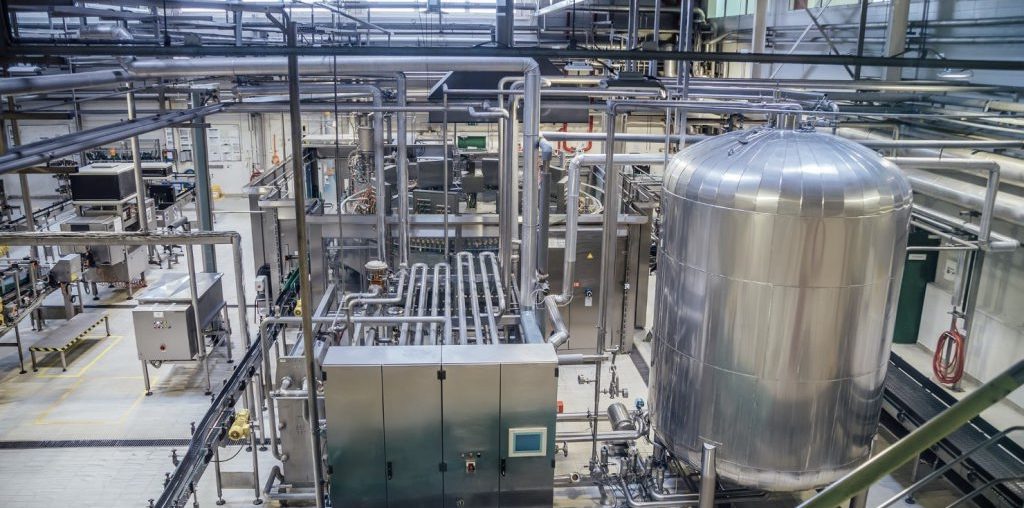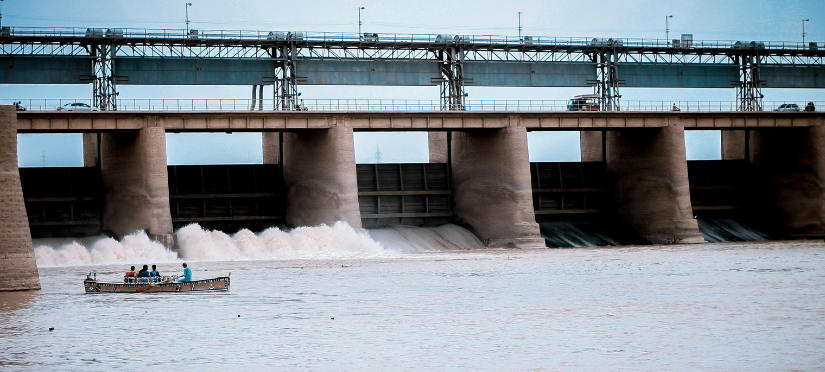Update Chrome Browser
How Does Littering Impact the Environment

Littering may not be a serious concern for us today, but its compounding effect has some severe adverse effects on our ecosystem. It is imperative for us to realize the cause and effect of littering. In this article we have highlighted various aspects of littering which each one of us should be aware of.
What is Littering?
Littering is discarding of waste products incorrectly, without consent, at an unsuitable location. Commonly the waste products littered are aluminum cans, paper cups, food wrappers, cardboard boxes or plastic bottles, on land. The oceans also get littered in huge amounts directly or indirectly each day. The most commonly littered items are plastic, paper, rubber, textile, finishing nets, dilapidated vessels etc.
Why do People Litter?
-
- 1. Laziness and carelessness have bred a culture of habitual littering. Carelessness has made people throw rubbish anywhere without thinking about the consequences of their actions.
-
- 2. Oftentimes, people litter simply because there isn’t a trash bin nearby. Rather than uncomfortably carry trash away with them, people decide it’s easier to leave it behind
-
- 3. When a person sees litter accumulated in one place, it gives the impression that it is somehow acceptable to litter there. This, along with the absence of appropriate local waste management services makes it a dumping spot.
-
- 4. Some litterers have a feeling that other people, especially those who get paid to, should clean up after them.
What are the Effects of Littering?
Cause of Pollution
The breaking down process of degradable litter releases chemicals and microparticles in the environment which cause a number of problems. For example, cigarette butts can contain chemicals such as arsenic and formaldehyde. These poisons can make their way into the soil and freshwater sources, impacting both humans and animals. In many countries litter is burned in the open air, releasing toxic emission into the environment. These emissions can cause respiratory issues, and other health problems.
Disruption of the Waterways
Litter can lead to the disruption of waterways. When plastics are dumped inappropriately, they follow the path of water after heavy rains and eventually end up in drainage pipes and sewer channels, choking and disrupting the flow of water.
Spread of Diseases
Litter carries germs that end up in various places, and as a result, it festers and forms a breeding ground for bacteria. The effect of this is the exposure of the germs to the general public, which can lead to outbreaks of diseases.
A Breeding Ground for Vectors
Litter carries germs that end up in various places, and as a result, it festers and forms a breeding ground for bacteria. The effect of this is the exposure of the germs to the general public, which can lead to outbreaks of diseases.

Effects of Littering on Animals
Poisoning
Littering introduces both noxious biodegradable and non-biodegradable waste into the environment. Animals that roam around the regions of such dumpsites tend to feed on the materials, such as food wrappers, and ingest them. The same can happen when the trash finds its way into the water that the animals drink. This can lead to the poisoning of the animals by the chemicals within the wastes.
Physical Harm and Trapping
Non-biodegradable trash traps animals as they can become ensnared and wounded. The trash such as beer can ring, and wrongly discarded plastic items such as nets and ropes can entangle the limbs or neck and causing death because of asphyxiation.
Affects Local Business
Littering disrupts the aesthetic value of a region. In other words, being in a littered area is very uncomfortable and unpleasant. Consequently, littering takes away business and even tourism because people tend not to be in an area or city that is dirty. Eventually, businesses in such regions suffer.
How Can We Prevent Littering?
Improved Waste Management System
One of the reasons that people litter is due to lack of public garbage bins, or overflowing bins that do not get emptied regularly. Increasing the number of available trash bins and the frequency that they get cleaned can help mitigate littering.
Awareness & Education
Society at large should be made aware of the ill-effects of littering. Regular educational programs in school help students develop a right approach towards waste disposal at an early age.
Laws & Regulations
An effective barrier to littering is strong anti-litter laws and regulations. Both individuals and businesses are more likely to follow litter laws when there are serious legal or financial consequences.
Clean-up Drives
Clean-up drives not only clears waste by the members of the society but at the same time develops a deep sense of responsibility towards the environment. Also, it has an influential effect on individuals.

Littering impacts the environment and is a growing environmental problem worldwide. When it enters the ocean, it travels a large distance affecting the environment as it travels and the destination it settles.
A number of technologies have been developed to tackle this growing problem. So far trash skimmers, marine trash skimmers and likes have proved to be suitable for managing litter on land and in water. Technology alone cannot help solve this issue. Each one of us has to practice and propagate zero tolerance to litter.
Litter exists in the environment for years and decades before decomposition. Remember, litter is man-made and its compounding effect has just started to show up. We need to act now, before it’s too late.
Frequently Asked Questions(FAQs)
Q1. How does oil spill response equipment work?
A. Oil Spill Response Equipment works by containing, recovering, or treating spilled oil. Containment booms are used to encircle and contain the oil, while skimmers and sorbents are employed to remove the oil from the water surface. Dispersants are chemicals that break up the oil into smaller droplets, facilitating natural dispersion. Pumps are used to transfer the collected oil for proper disposal.
Q2. Where are mechanical bar screens used?
A. Mechanical Bar Screens are used in wastewater treatment plants, pumping stations, power plants, industrial facilities, and other water intake systems. They are commonly employed in locations where the presence of large debris poses a risk to equipment or affects downstream processes.
Q3. What is an oil-water separator?
A. An Oil-Water Separators is a device used to separate oil and other hydrocarbon-based liquids from water. It is typically employed in industrial settings, parking lots, and other areas where oil and water may mix, such as in stormwater runoff.





